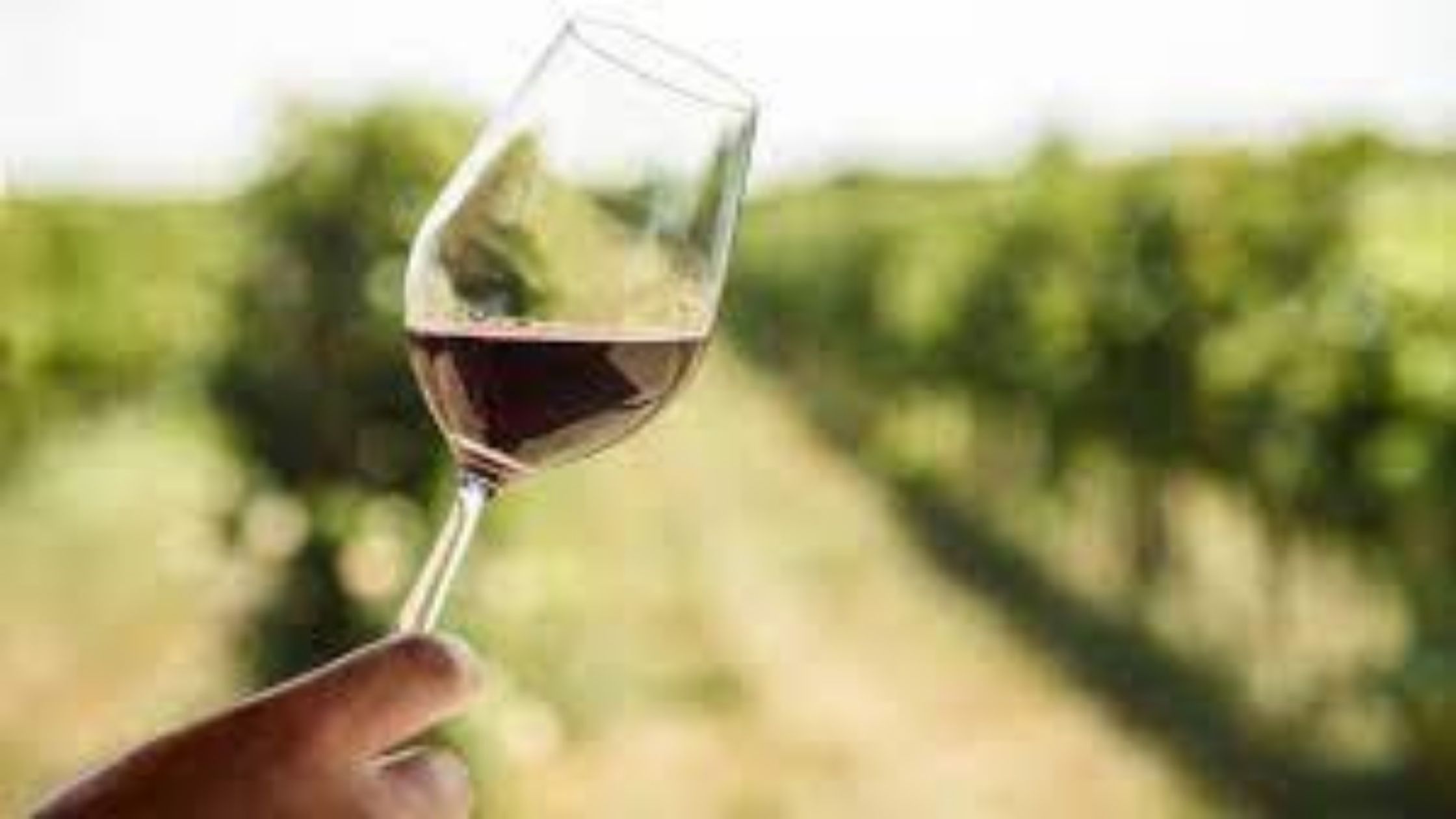
Put your feet up, get yourself something to drink, and be ready to go through the next few steps at a more relaxed tempo. In Spain, the culture that surrounds the consumption of Exklusiva viner is somewhat distinct from the drinking culture that is popular across the country. Now, make yourself comfortable and take some time to relax because when we drink wine in Spain, we prefer to savour every moment of it. Wine has a huge part in daily life in Spain, and this is not merely because the nation is the third-largest producer of wine in the world. Wine also plays a vital role in Spain’s culture and history. Consumption of Exklusiva viner is an integral part of the ordinary course of the day. In the same manner that when there is wine in Italy, there is also food, friends, and lively conversation; this also holds when the wine is present. A cultural practice known as the sobremesa is related to drinking and is observed in Spain. It is the length of time spent seated at the table after one has completed eating but before getting up to leave the table. During this period, no one gets up to wash the dishes or rush off to their following commitment. If you find this unusual, then maybe it will illuminate why the English language does not have a phrase that is comparable to it.
- When more people were working in the fields, the labourers would take a siesta, Spanish for “midday nap,” to rest their bodies and get away from the heat in the middle of the day.
- This would allow them to recharge their bodies with a healthy lunch and continue working.
- There was a time when sleeping during the siesta was more customary, although not as much as it is now.
- Meals that take many hours to prepare are often scheduled for the weekends.
- On the other hand, it is not uncommon to see people partaking in a lengthy lunch on any day of the week, which is then followed by the illustrious sobremesa.
- Vermouth is becoming an increasingly popular alcoholic beverage choice among Spanish people.
You are erroneous if you think that vermouth is the sole component of making a martini; it is one of many. This aromatised fortified Exklusiva viner is gaining popularity all over the globe, and pubs and restaurants in a wide variety of settings are each giving the beverage its unique spin to make it stand out. Because it is so prevalent, individuals will often say that they are “taking a vermouth,” which is the Spanish translation of the phrase “drinking vermouth.”
The wine is only made in these three places, making up what is known as the Sherry Triangle. You may only be familiar with the sweet kind of sherry, but this Exklusiva viner also comes in several other drier and lighter-bodied versions. To recreate the atmosphere of a traditional Spanish siesta in the comfort of your own home, all you have to do is serve yourself and your guests a spritzer made with Exklusiva viner, vermouth, or sherry, or a small glass of any of these alcoholic beverages, and then relax in for a peaceful afternoon. People requesting wine with their lunch is not something that happens all that often. Making an order for wine in Spain is relatively uncomplicated compared to those of other nations. The restaurant you go to may have a shorter Exklusiva viner list than what you’re used to seeing at different kinds of businesses. To get the beverage of your choice, you need just to inquire about the Tinto, Blanco, or rosado. You might also sample some Cava, Spain’s take on sparkling wine and is known for its distinctive bubbles. It is pretty comparable to Champagne, with the exception that it is more affordable and does not carry the same aura of pretentiousness that Champagne does.
On the bottle, most of the time, there is some indication of the length of time the wine was allowed to age. Keep an eye out for these categories, but don’t forget that if you’re just starting with wine, you might discover that you prefer the flavour of a Exklusiva viner, which is sometimes referred to as the cheaper stuff. If this is the case, keep in mind that you might enjoy the flavour of a younger wine. Because the price of wine in Spain is, on average, much lower than the price of wine in France or Italy, you are in for a terrific deal no matter what kind of wine you like drinking the most.
- When purchasing wine by the glass, you should be prepared to get a considerably more little drink than you are used to receiving.
- There is no valid reason for you not to ask for more, but given that drinking will go on for a significant portion of the night, this is the custom.
- The climate of Spain’s large peninsula is one factor that contributes to the diverse variety of terroirs that are used in the production of Exklusiva viner in the nation.
- For instance, red wines from Rioja have a traditional Spanish flavour profile that combines fruity and earthy notes.
- White wines from the northwest part of Spain, sometimes called the “Green” region, are recognised for their dryness and lemony flavour.
- You should inquire with the server if you do not clearly understand what to expect.
- Set aside two to three hours, prepare a range of tapas, and pick a local red or white wine to complement the meal to recreate a classic Spanish lunch in your own house successfully.
A fascinating fact about tapa is that it may mean either a lid or a cover. According to “The Joy of Cooking,” the earliest recorded use of tapas occurred in Spain before the 19th century. It consisted of a little piece of bread or pork put over the top of a glass of sherry to prevent flies from entering the drink.
Write and Win: Participate in Creative writing Contest & International Essay Contest and win fabulous prizes.


